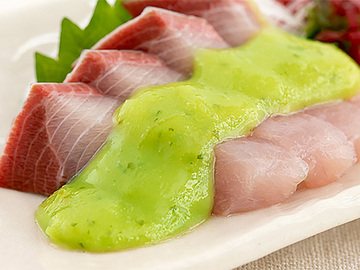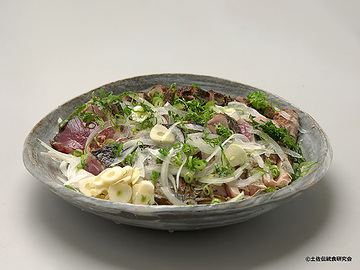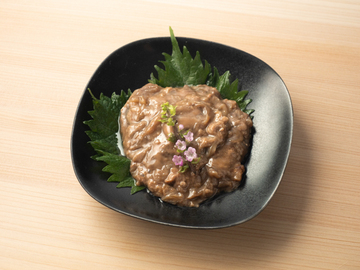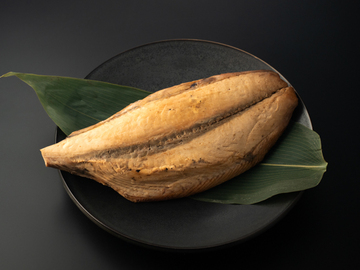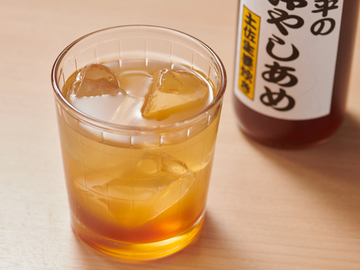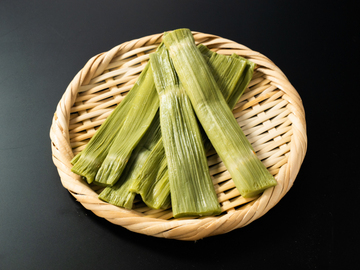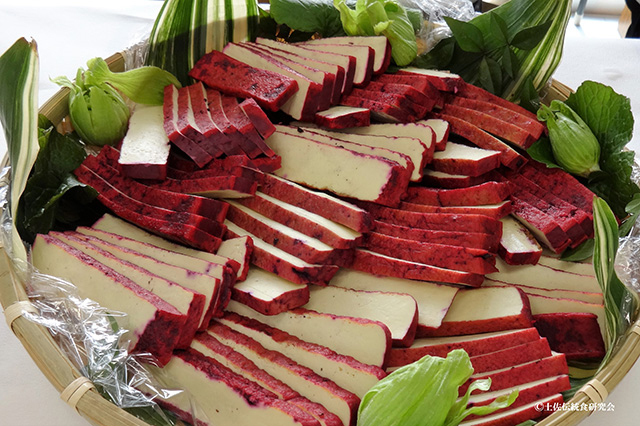Kochi

The Uniquely Evolved Food Culture of Kochi Prefecture, Nurtured by the Mountains and Sea
Kochi Prefecture is a land of lush forests and blue sea, and this natural environment creates rich and varied features that exist in harmony. With an area of approximately 7,104㎢, it is the largest of Shikoku’s four prefectures. Forests occupy 84% of Kochi Prefecture’s total land area. Due to the warm and humid climate, subtropical plants such as the akou (banyan) and birou (Chinese fan palm) grow wild on Cape Ashizuri and Cape Muroto, and early rice is harvested on the Kochi plain. Kochi Prefecture is also a horticultural kingdom, where vegetables have been grown in greenhouses since long ago. It is broadly divided into plain, mountainous, and coastal areas.
Though each region has different climates and lifestyles, the one thing in common is that they all have a culture of “Okyaku.” It means “banquet” in the Tosa (Kochi) dialect. In Kochi Prefecture, people have Okyaku on various occasions such as Shinto rituals, festivals, birthdays, and 60th birthday celebrations.
The Kochi Plain, which spreads out at the center of the prefecture, is the largest plain in the prefecture, sandwiched between the Monobe and Niyodo rivers. It is said that rice farming has been practiced since the Yayoi era in the Kacho Plain, part of the Kochi Plain and located in the Monobe River basin. After Kenzan Nonaka, a retainer of the Tosa domain, improved the irrigation system, the area developed into a major breadbasket.
And since it is sandwiched between the mountains and the coast, accessing both mountain food and seafood is easy.
During winter, snow sometimes settles on the mountains among which the 196-km Shimanto River and the clear-blue Niyodo River (a distinctive color that has been described as “Niyodo Blue”) flow, and fish from these rivers have to be tasted to be believed.
The fishing industry has operated for centuries along the prefecture’s coast, along which the Kuroshio Current flows from east to west and brings seafood such as greeneye, alfonsino, grunt, moray eel, and round herring. Among the species fished here, the prefecture’s bonito consumption is one of the highest in Japan.
The food culture of Kochi Prefecture is supported by the food nurtured in the clear streams flowing through the mountain forests, the mountain food, and the variety of seafood brought by the Kuroshio Current. It has evolved on its own because it had little interaction with the neighboring prefectures separated by the Shikoku Mountains.

Traditional Foods in Kochi

Our Regional Cuisines
in Kochi
This is a list of Kochi prefecture's local dishes
introduced in "Our Regional Cuisines."
*Clicking on the image will take you to "Our Regional Cuisines."



